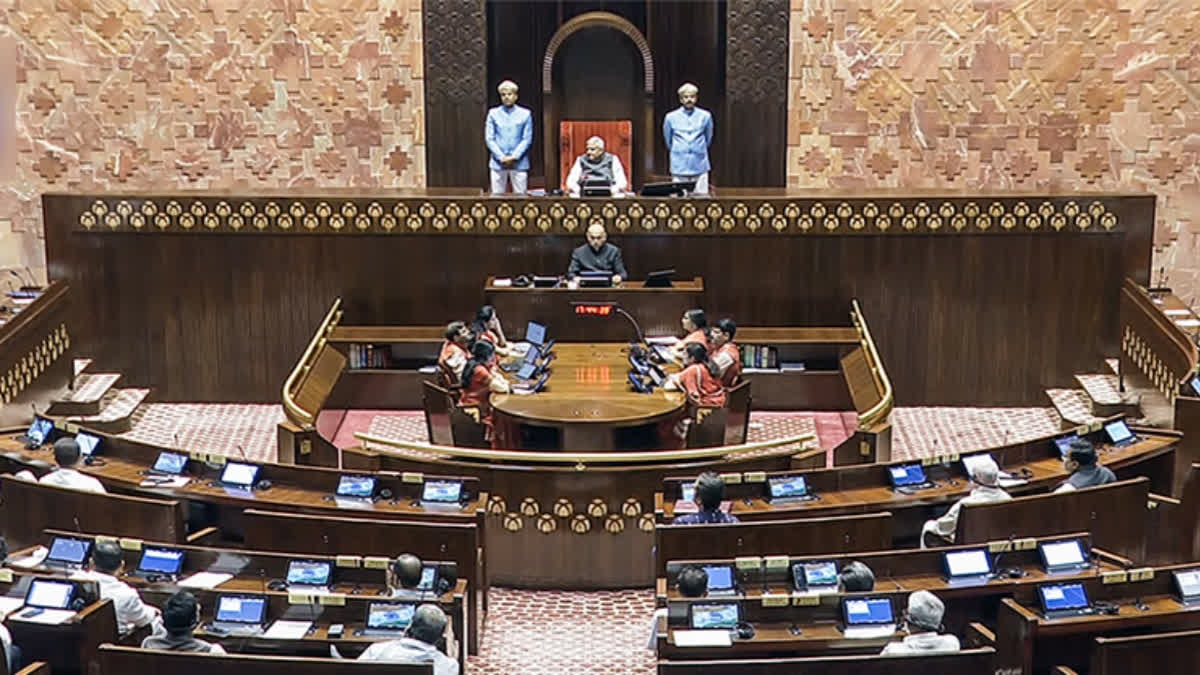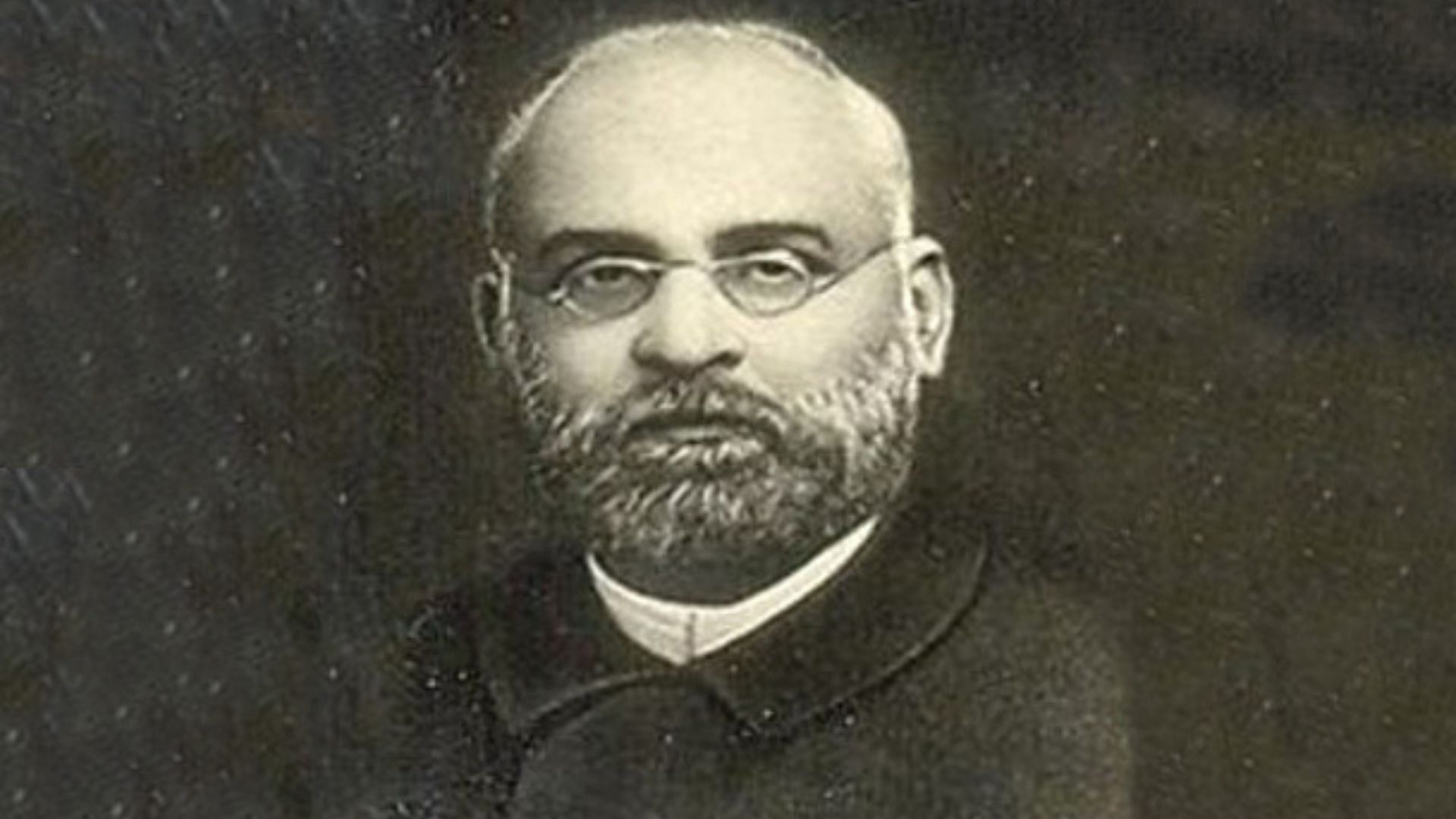
Through the 'Make in India' initiative India has achieved significant transformations of its capital goods sector while promoting domestic manufacturing and technology progress and reducing foreign import reliance. As part of its development strategy India implements the National Capital Goods Policy from 2016 along with the Enhancement of Competitiveness in the Capital Goods Sector to increase manufacturing levels and boost exports and research activities. The Indian government strengthens its status as the global leader in capital goods manufacturing through two initiatives including tax exemptions for EV battery makers and broad academic-industrial partnerships.
Overview of Heavy Industries and Engineering Sector
-
Businesses that manufacture capital goods account for 1.9% of the overall Gross Domestic Product of India.
-
Planet and mining equipment along with textile machine devices and food machinery and process plants constitute the principal sub sectors within this sector.
-
From 2014-15 to 2023-24 capital goods production experienced remarkable development by expanding from ₹2,29,533 crore to ₹4,29,001 crore.
-
The government has developed policies that support business operations by permitting 100% foreign investment alongside abolishing industrial licensing requirements.
National Capital Goods Policy (2016)
-
The policy seeks to boost manufacturing performance to reach 20% of GDP by 2025 from its current level of 12%.
-
The policy supports research and development activities while developing skills and implementing modern manufacturing technology.
-
A new Technology Development Fund is recommended for the purchase of new technologies and patents.
-
Establishment of regional Centres of Excellence for skill development and industry modernization.
Scheme for Enhancement of Competitiveness in the Capital Goods Sector
-
Phase I (2014-2021):
-
Focused on fostering industry-academia partnerships.
-
8 Centres of Excellence (CoEs) have been set up which led to the development of 30 domestic technologies.
-
Fifteen Common Engineering Facility Centres (CEFCs) have been established with SAMARTH Industry 4.0 centers among them.
-
The 530-acre Exclusive Machine Tools Park was established in Tumakuru, Karnataka.
-
-
Phase II (2022-Present):
-
Financial outlay of ₹1207 crore with ₹975 crore as government support.
-
The plan invests in developing research facilities and testing capabilities while developing industrial work skills.
-
The government sanctioned nine new advanced CoEs and decided to augment existing CoEs.
-
The establishment of new CEFCs received approval through five projects totaling ₹357.07 crore in funding.
-
The organization established six online Technology Innovation Portals that enable business collaborations between organizations.
-
Recent Achievements in the Capital Goods Sector
-
Local technicians have independently developed energy-efficient BLDC submersible pumps which reduce foreign imports by 80 percent.
-
The high-speed rapier loom machine made its debut appearance at ITMA 2023 during the exhibition in Milan.
-
The Toyota Engine Manufacturing facility introduced Industry 4.0 solutions for carrying out predictive maintenance operations.
-
Establishment of India’s first battery and Battery Management System (BMS) testing facility at ARAI, Pune.
-
Bharat Heavy Electricals Limited (BHEL) implements state-of-the-art facilities to test industry processes and develop welding technology skill centers.
Conclusion
Through its 'Make in India' program the capital goods sector of India experienced advancements because it boosted domestic industrial output and job creation and promoted technological independence. Sustained policy support together with more research and development investments will transform India into a leading capital goods production center at the global scale. Through innovation combined with industrial modernization practices India will increase its competitive strength which will stimulate economic development through the next few years.



 Fiscal Health Index 2025: Mapping India's State-Level Economic Resilience
Fiscal Health Index 2025: Mapping India's State-Level Economic Resilience Bodh Gaya Temple Act (BTA), 1949: Historical and Legal Perspectives
Bodh Gaya Temple Act (BTA), 1949: Historical and Legal Perspectives Tribhuvan Sahkari University Bill, 2025: A Milestone in Strengthening India's Cooperative Sector
Tribhuvan Sahkari University Bill, 2025: A Milestone in Strengthening India's Cooperative Sector ‘Shishtachar’ Squads Launched in Delhi to Ensure Women’s Safety
‘Shishtachar’ Squads Launched in Delhi to Ensure Women’s Safety PM Pays Tributes to Shyamji Krishna Verma on His Death Anniversary
PM Pays Tributes to Shyamji Krishna Verma on His Death Anniversary PM Modi to Inaugurate Vande Bharat Train to Srinagar on April 19
PM Modi to Inaugurate Vande Bharat Train to Srinagar on April 19 Waqf (Amendment) Bill, 2024: Upcoming Parliamentary Debate and Legislative Process
Waqf (Amendment) Bill, 2024: Upcoming Parliamentary Debate and Legislative Process Free Speech as an Integral Part of a Healthy and Civilised Society
Free Speech as an Integral Part of a Healthy and Civilised Society Roshni Nadar Becomes First Indian Woman in World’s Top 10 Richest Women
Roshni Nadar Becomes First Indian Woman in World’s Top 10 Richest Women






